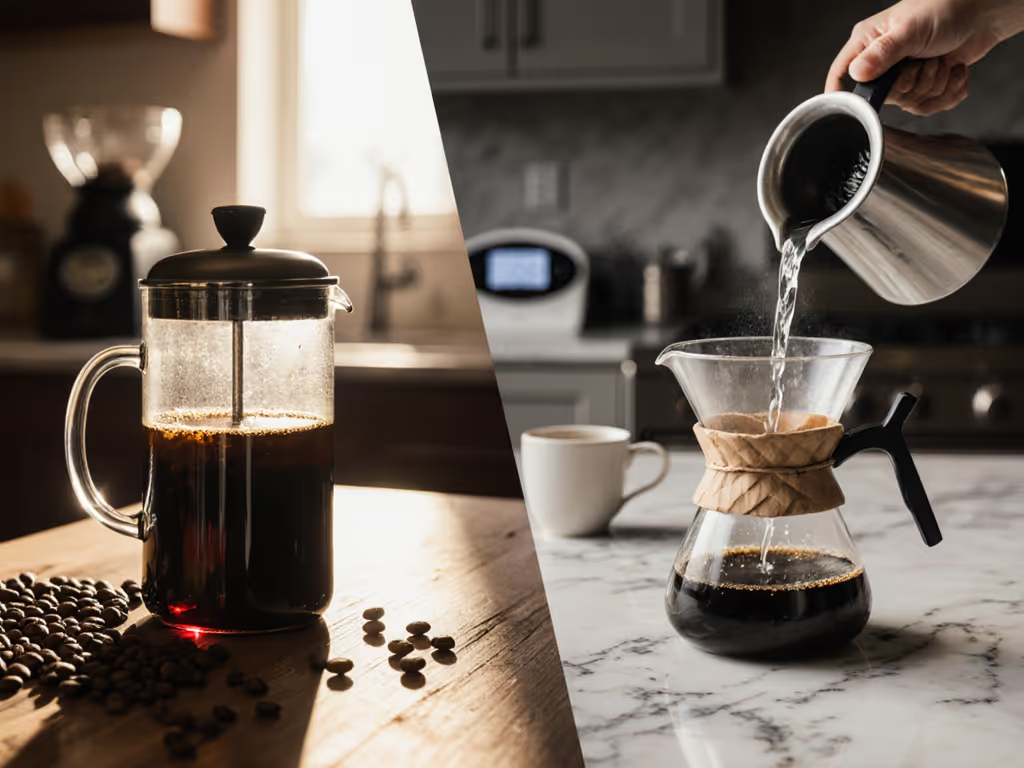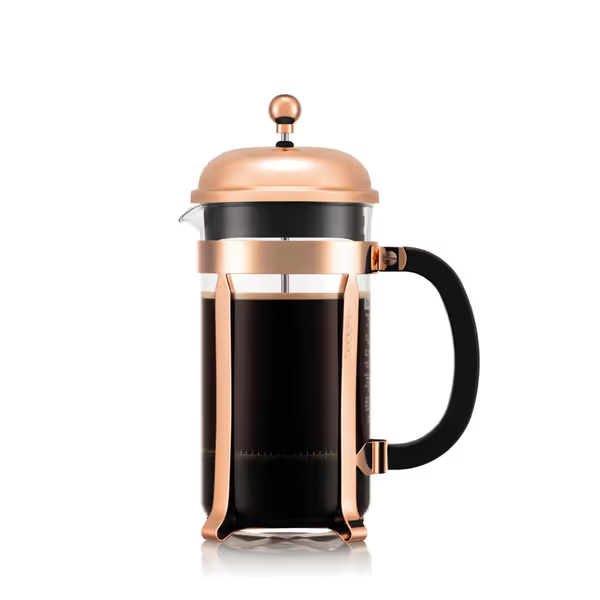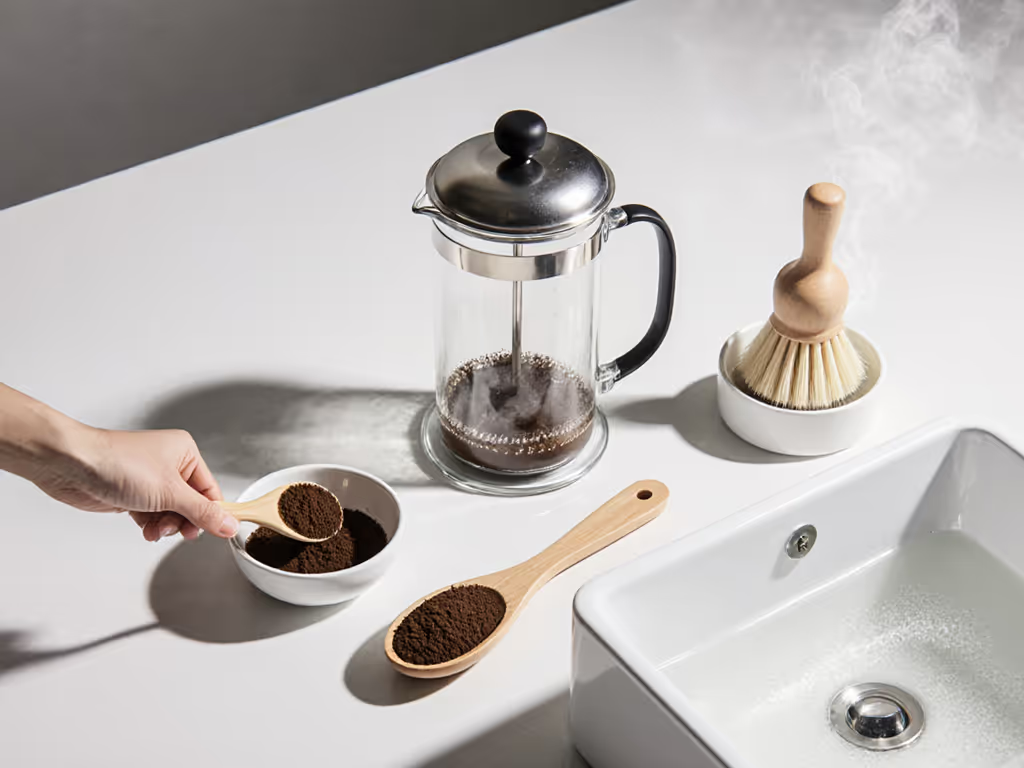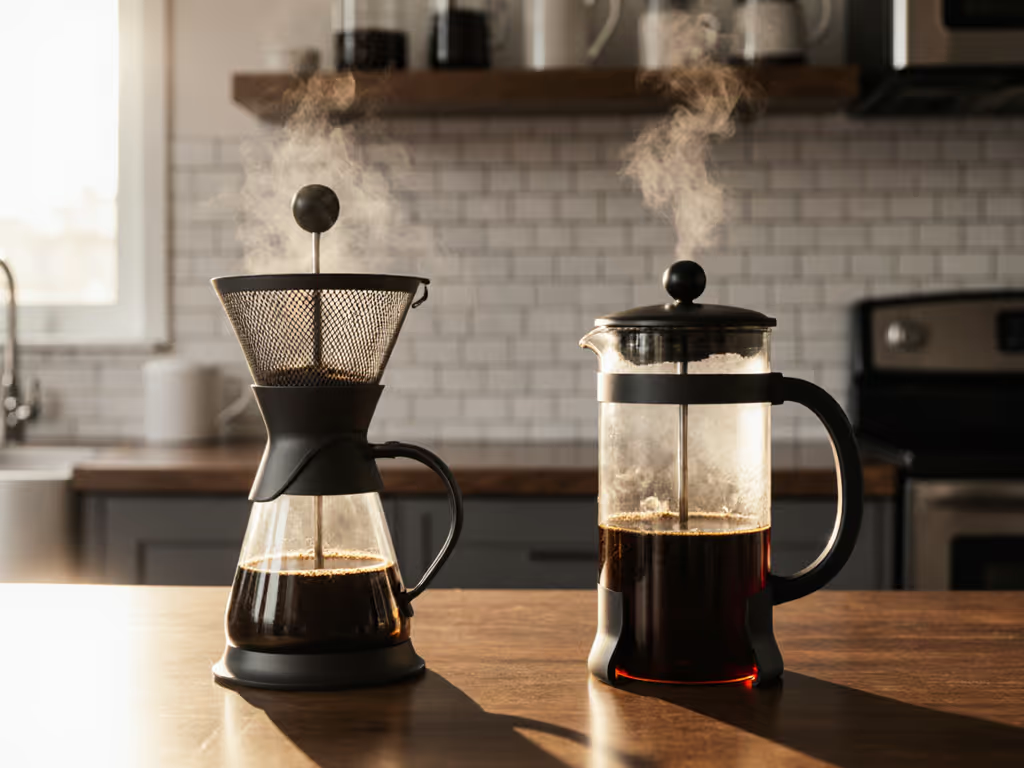
French Press vs Pour Over: Which Fits Your Routine?

When choosing a french press for coffee versus a pour-over system, you're not just picking a coffee brewer; you're selecting a daily ritual partner. Whether you're team immersion brewing or pour-over precision, durability and repairability matter as much as flavor. After tracking repair costs on dozens of brewers, I've learned that consistent performance comes from gear you can maintain, not just replace. Let's cut through the noise with five practical considerations for your morning ritual.
1. True Cost-Of-Ownership: Beyond the Price Tag
Many pour-over enthusiasts love the clean taste but grumble about replacing $5 paper filters weekly. A standard French press like the Bodum Chambord eliminates this ongoing expense with its reusable mesh filter (assuming you can keep it functional). Parts beat promises.

Bodum Chambord French Press Coffee Maker
I've seen French presses last 10+ years with simple part replacements:
- Gasket: $3 replacement every 2 years (size 18mm)
- Filter screen: $8 stainless steel (available from Bodum parts suppliers)
- Plunger rod: $5 if bent (common with aggressive pressing)
Compare this to a $30 pour-over setup where clogged drippers often mean tossing the whole unit. That neighbor who nearly trashed her gritty French press? Ten minutes and a $3 gasket had it brewing clean (tracking those small repairs over years makes the cost-per-cup math undeniable). Every dollar should brew better, not just buy thicker steel.
2. Cleanup Realities: Your Morning Time Crunch
Pain point solved: Muddy coffee and sink clogs
Pour-overs promise "easy cleanup": just toss the filter. But waterlogged grounds often rip the paper, creating a sludge mess. Meanwhile, French press cleanup gets criticized for wet grounds, but there's a pro hack:
- Transfer sludge directly to compost with a spoon
- Rinse press immediately with hot water
- Use a bottle brush ($4) for the carafe

Immersion vs pour over cleanup isn't about difficulty, it is about consistency. French presses with smooth stainless steel interiors (like the ESPRO P7) resist oil buildup that causes rancidity in neglected glass models. Skip the dishwasher if you want your plunger parts to last; hand washing preserves gaskets.
3. Repairability: When Gear Fails Mid-Brew
Pain point solved: Fragile glass and rusting parts
That morning your French press gasket cracks isn't the time to learn replacement techniques. Do this before disaster:
- Keep spare parts: Gaskets (most common failure), filter screens
- Tools in your coffee kit: Needle-nose pliers, 8mm wrench
- DIY repair time: Under 5 minutes when you're prepared
Pour-over users face different hurdles: cracked ceramic drippers or warped plastic bases usually mean replacement. But French press coffee press owners can extend lifespan through simple fixes. When glass carafes shatter (common with thermal shock), switch to double-walled stainless steel models with replaceable inner liners. Track your repairs; I've documented one user's French press surviving 7 years through 3 gasket swaps and one screen replacement.
4. Flavor Consistency: Your Weekday Rush vs Weekend Indulgence
Pain point solved: Inconsistent brews from cup-to-cup
Here's the truth both camps avoid: human error causes more flavor variation than brewing method. But each system exposes different weaknesses:
- French press coffee highlights inconsistent grind size (aim for coarse like sea salt)
- Pour-over amplifies uneven pouring (use gooseneck kettles for control)
For weekday rushes, French presses win with set-it-and-forget-it steeping. But pour-overs reward weekend ritualists with brighter notes from light roasts. The sweet spot? A French press with double filtration (like ESPRO models) for grit-free mornings without paper waste. This hybrid approach solves the "muddy cup" complaint while maintaining immersion's body.
5. Office & Camping Realities: Shared Use Survival
Pain point solved: Gear failing in high-traffic or outdoor settings
In offices, French presses often get misused, aggressive plunging breaks screens. Fix this with a simple checklist taped to the unit:
"Press slowly for 20 seconds. Stop when you feel resistance. Never force it."
My repair nights revealed most office French presses fail from bent plunger rods, not bad coffee. For camping, stainless steel French presses dominate: no glass to shatter, works over camp stoves, and doubles as a cold brew pitcher. The key? Choose models with fully disassembled parts for thorough cleaning when water's scarce.
Your Actionable Next Step: Audit Your Current Routine
Before buying new gear, try this 3-day experiment:
- Track your pain points: "Monday: Sludge in cup. Tuesday: Spent 4 minutes cleaning grounds."
- Identify your ritual style: "I need hands-off brewing" vs "I enjoy the process"
- Check part availability: Search '[your model] replacement gasket' online
When gear fails, ask "Can I fix this?" before "Should I replace this?" The best french press coffee press isn't the shiniest (it's the one you can maintain for years). Last week, I helped a remote worker revive his 8-year-old French press with a $5 screen kit. His reaction? "I thought I needed to buy new gear every year."
Parts beat promises, especially when you're holding a fresh cup from gear that's earned its keep.
Related Articles


Modern French Press Evolution: Cleaner Coffee, Proven Design



